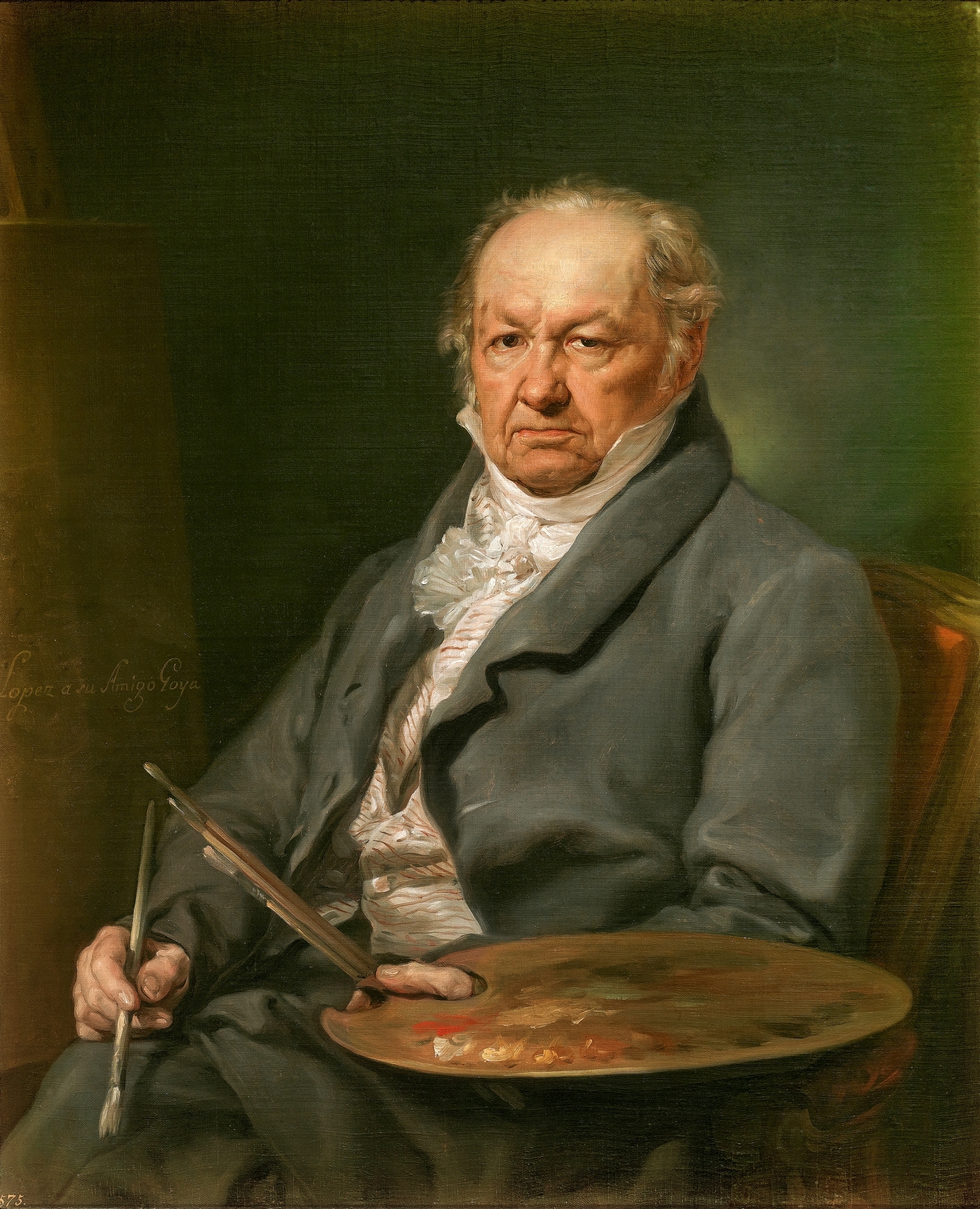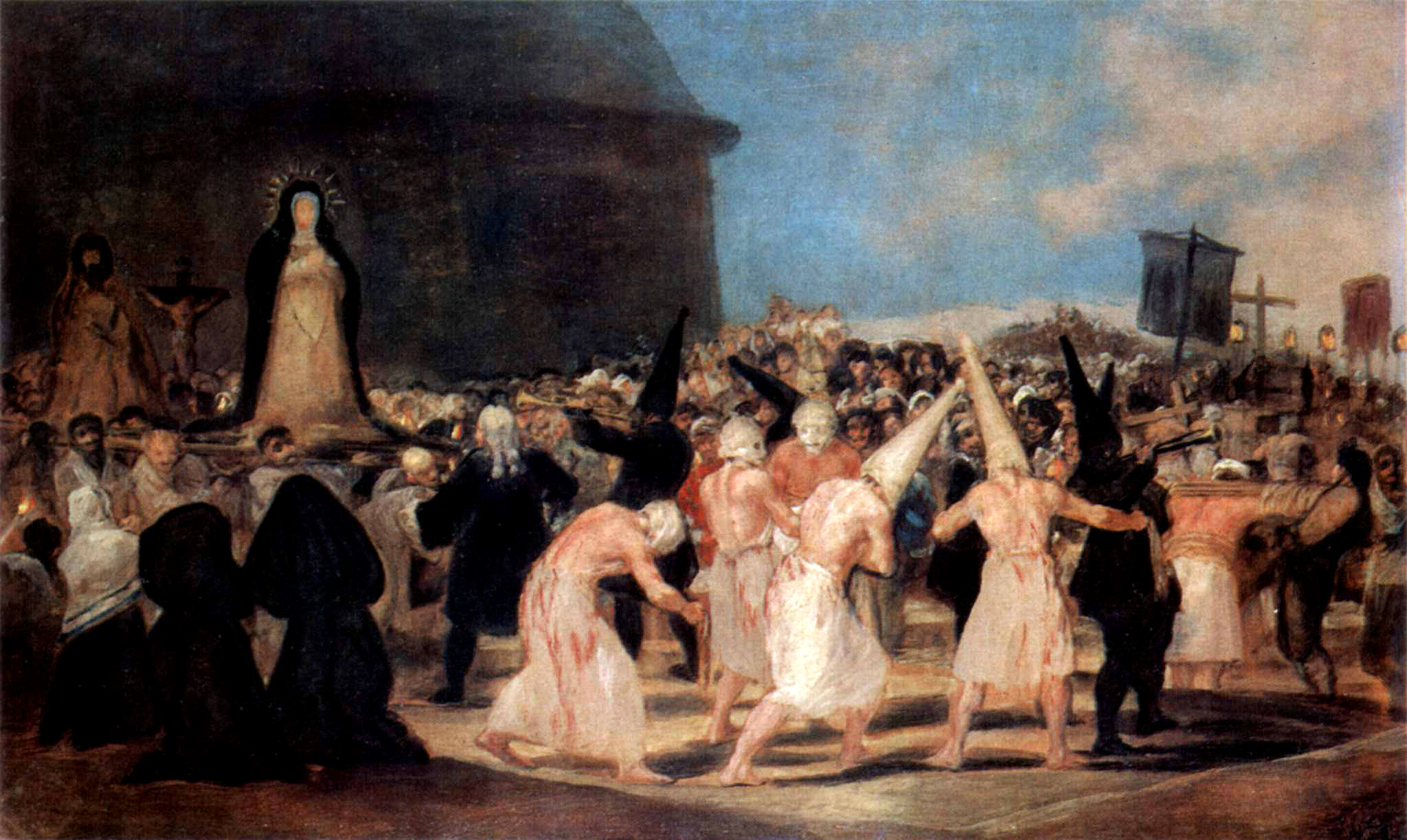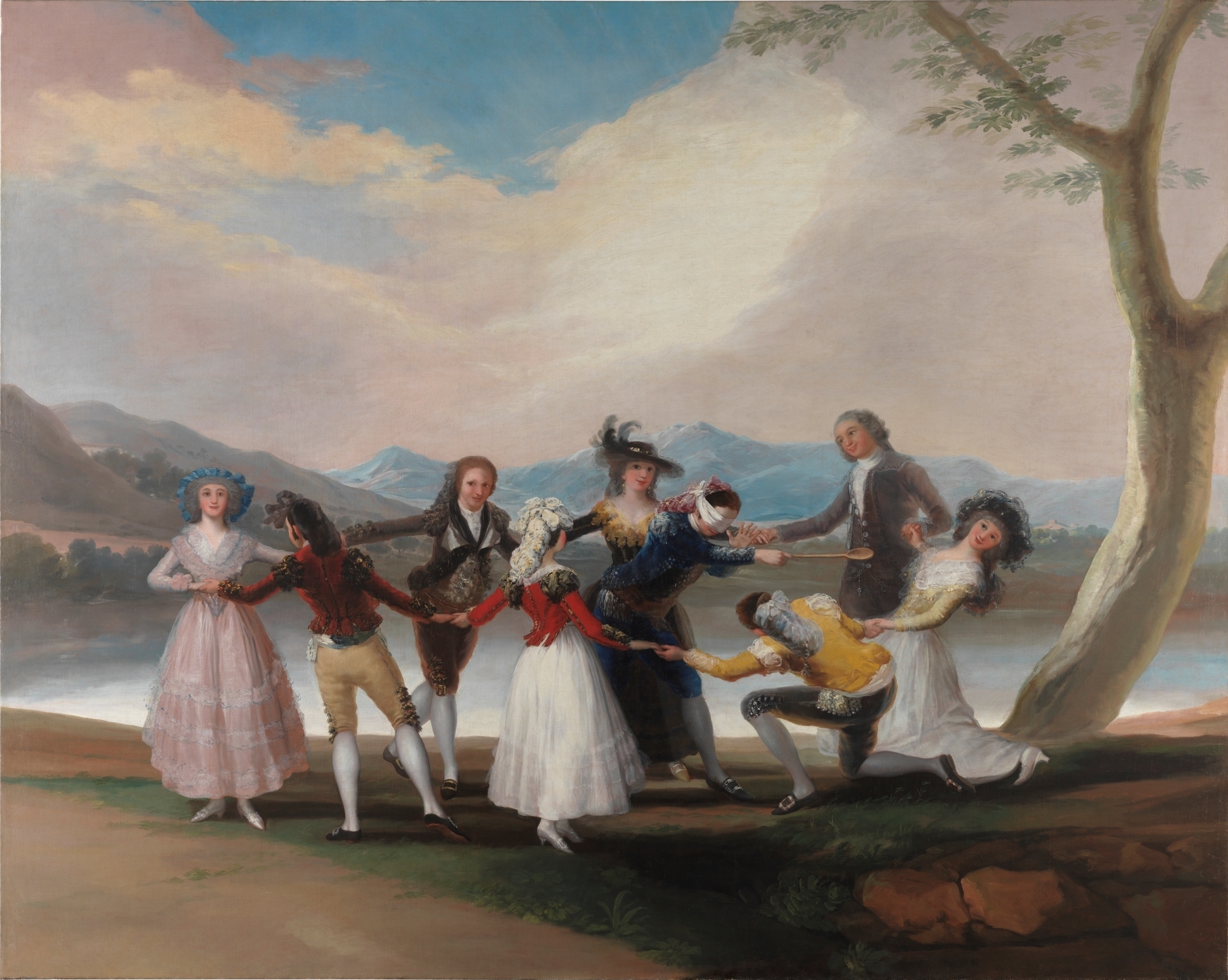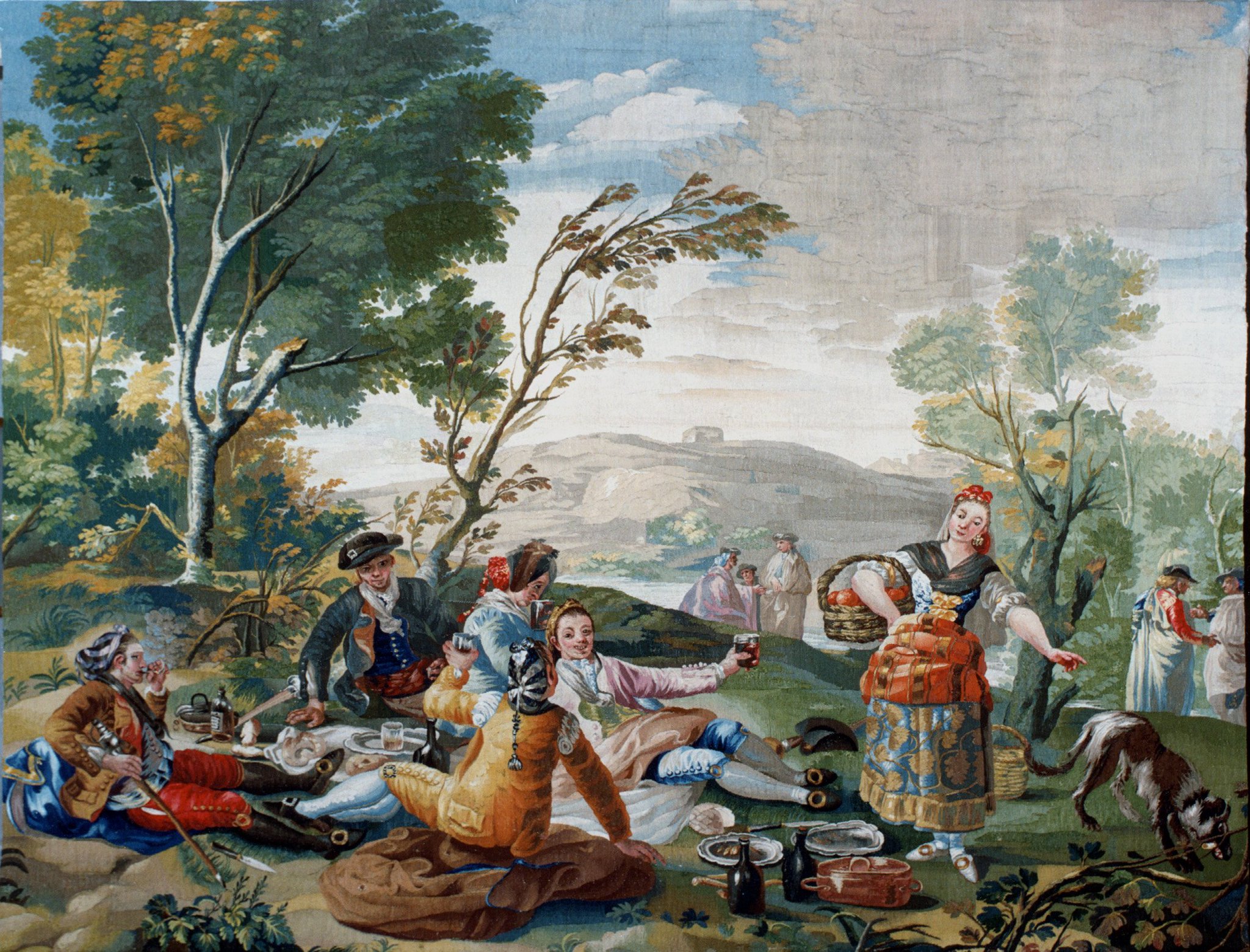Francisco de Goya (1746-1828) was a Spanish painter and engraver considered one of the most important artists in the
history of Spanish art. He is known for his innovative style and his ability to capture the complexity of the human
condition in his works.
A lo largo de su carrera, Goya experimentó con diferentes estilos y técnicas artísticas, y se destacó en la pintura de
retratos, pintura de género, grabado y pintura histórica.

Some of his most famous works include "La maja desnuda", "El 3 de mayo de 1808", "El quitasol", "La familia de Carlos IV" and "Los fusilamientos de la Moncloa". In these works, Goya shows his ability to capture emotion and tension in scenes and portraits, and his capacity to create dark and dramatic atmospheres.
Goya's influence on art history is significant, as his innovative style and his focus on social and political themes influenced many later artists. In addition, his printmaking techniques and his use of light and shadow in painting have been studied and admired by generations of artists.
TRY SLIDING THE IMAGE
In short, Francisco de Goya was an innovative and talented artist whose artistic legacy has been recognised and admired
throughout the centuries. His influence on the history of art remains significant today.
In addition, Goya was also influential in the subject matter and content of his work. Throughout his career, he
addressed a wide range of subjects, including portraits, landscapes, historical and mythological scenes, as well as
social and political criticism. His works have a critical tone and often depict the darkness and complexity of human
nature, which has inspired other artists to explore similar themes.
In short, the influence of Francisco de Goya's art extends throughout the history of art, and his style and subject
matter have been a source of inspiration for numerous later artists.


